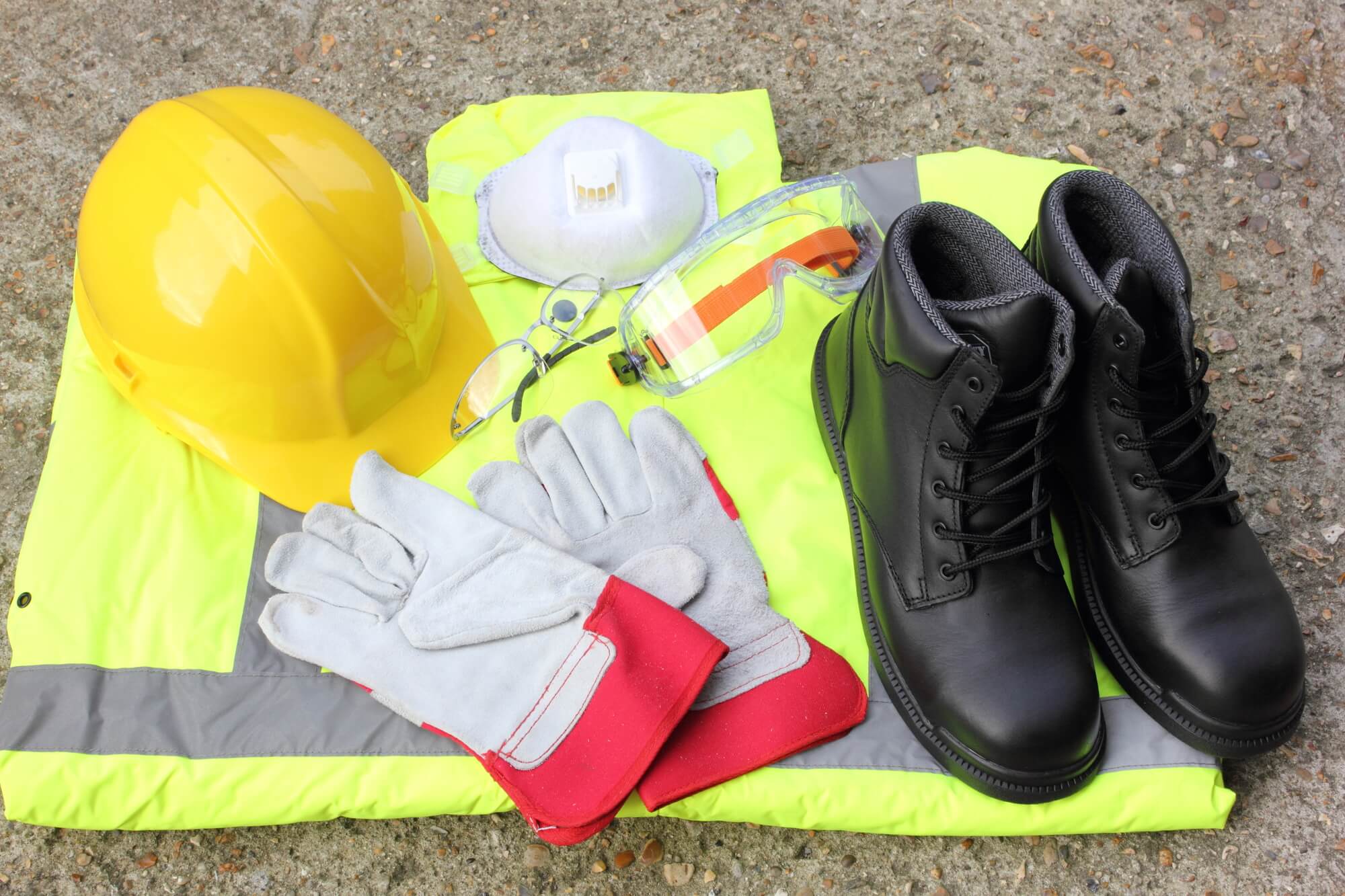Personal protective equipment (PPE) plays a crucial role in ensuring the safety and well-being of workers. In this article, we will explore the meaning and definition of PPE, its various types, and the importance of using it to mitigate risks and protect against hazards in the workplace.
What is Personal Protective Equipment (PPE)?
Personal Protective Equipment, commonly called PPE, encompasses a range of equipment and clothing designed to protect workers from occupational hazards. It is a vital line of defence in preventing injuries, illnesses, and exposure to harmful substances. PPE is a barrier between workers and potential risks, ensuring a safer work environment.
Common Types of Personal Protective Equipment
Head Protection
Head injuries are a significant concern in many industries. Hard hats and helmets are essential types of head protection that offer defence against falling objects, impact, and electrical hazards. Employers should ensure workers wear suitable head protection and adhere to safety requirements, including proper fit and maintenance.
Eye and Face Protection
Workers must safeguard their eyes and face from flying debris, chemicals, and other hazards. Safety glasses, goggles, and face shields provide adequate protection in various work settings. Employers should identify potential eye and face hazards and provide the appropriate protective gear. Regular maintenance and compliance with safety regulations are vital for optimum effectiveness.
Respiratory Protection
Respiratory hazards, such as airborne particles, fumes, and gases, pose a significant risk in many occupations. Respirators and masks are crucial in preventing inhalation of harmful substances. Employers must conduct a thorough risk assessment to identify respiratory hazards, provide suitable respiratory protection, and ensure proper fit, usage, and equipment maintenance.
Hand and Arm Protection
Hand injuries and chemical exposures can be minimized by wearing appropriate gloves and gauntlets. Employers should assess the specific risks associated with the tasks performed and select gloves that offer adequate protection. Workers must receive training on the proper use, care, and limitations of different types of gloves.
Body Protection
Protection of the torso and limbs is vital in certain work environments. Coveralls, vests, and aprons shield workers from physical and chemical hazards. Employers must identify the hazards present and provide the necessary body protection gear that complies with relevant regulations. Regular inspections, cleaning, and replacement are crucial for maintaining the effectiveness of the equipment.
Foot and Leg Protection
Foot injuries, slips, trips, and falls can be prevented with suitable foot and leg protection. Safety shoes, boots, and leg guards defend against impact, punctures, and other hazards. Employers should conduct a risk assessment to identify the appropriate protective footwear and educate workers on proper usage, fit, and maintenance.

Ensuring the Effectiveness of Personal Protective Equipment
Simply providing PPE is not enough; employers must take additional steps to ensure its effectiveness:
Training and Education
Proper training and education programs should be implemented to educate workers on the correct use, limitations, and maintenance of PPE. Workers should understand the importance of wearing PPE consistently and correctly.
Risk Assessment
Conducting a thorough risk assessment is essential to identify potential hazards and determine the appropriate types of PPE required. Regular reassessment should be conducted to account for any changes in the work environment.
Compliance with Regulations
Employers must comply with relevant safety requirements and regulations concerning PPE selection, use, maintenance, and storage. Adhering to these standards ensures that workers are adequately protected.
Maintenance and Replacement
Regular inspection, maintenance, and replacement of PPE are vital for maintaining its effectiveness. Employers should establish protocols to ensure that PPE is always in good condition and functional.
Conclusion
Protective Equipment (PPE) is indispensable in maintaining a safe and healthy workplace. By understanding the meaning and definition of PPE and the different types available, workers and employers can take the necessary measures to protect against hazards and prevent injuries and illnesses.
Proper use of PPE is crucial for its effectiveness. Workers should be encouraged to wear the required PPE consistently and correctly, following their employers' guidelines and safety regulations. It is essential to emphasize the importance of wearing PPE as a preventive rather than a reactive measure.
